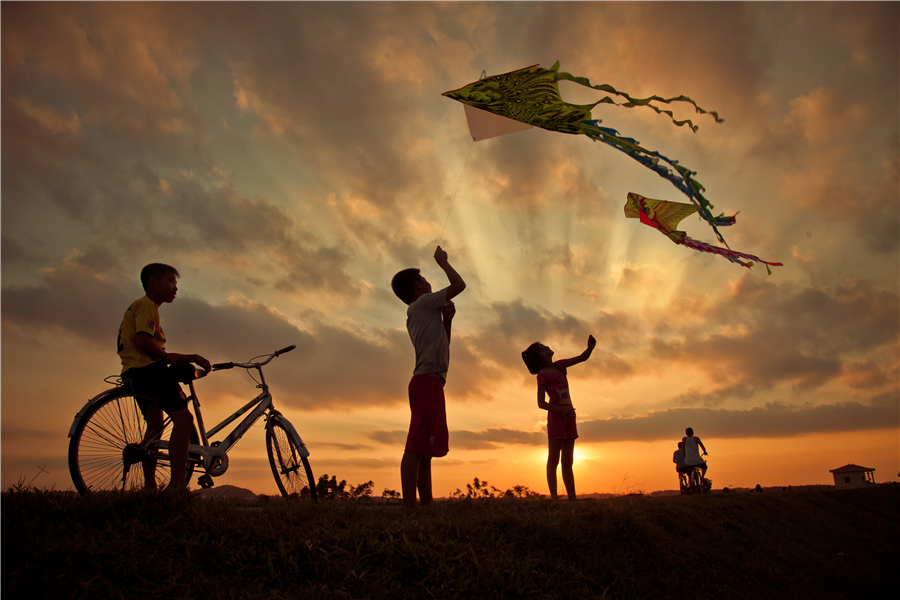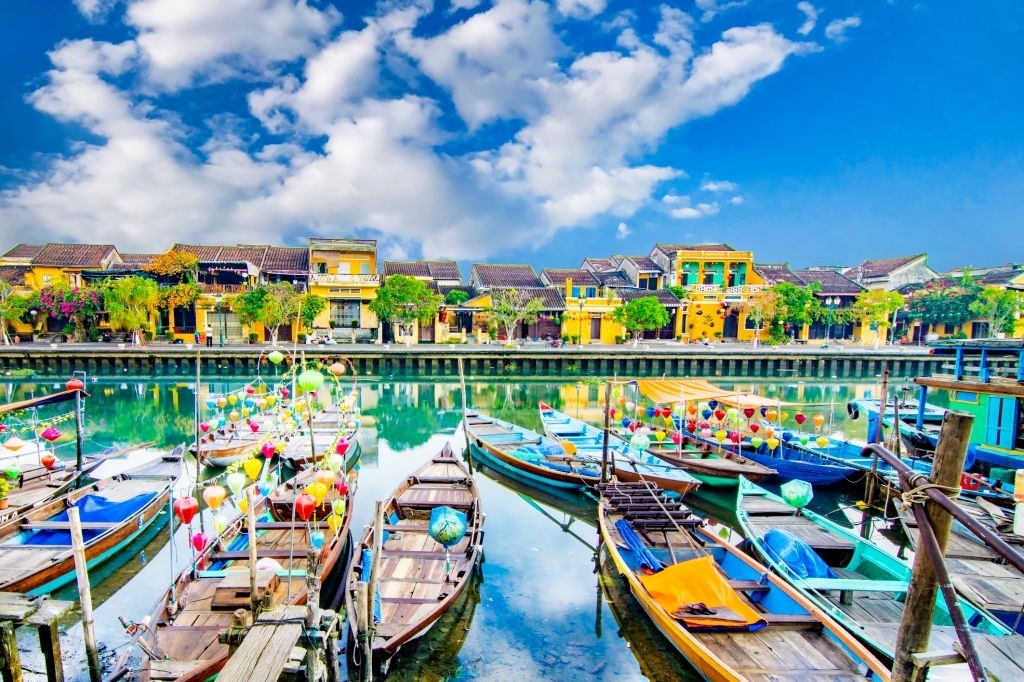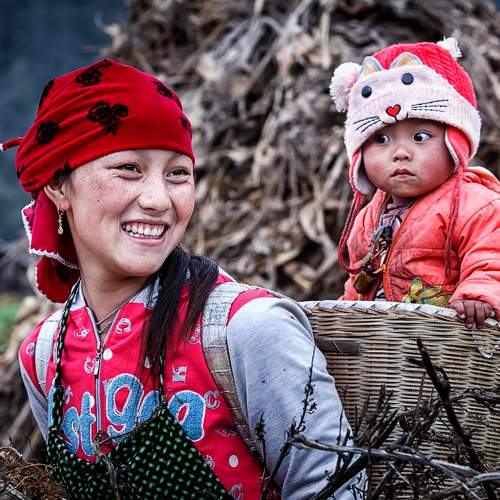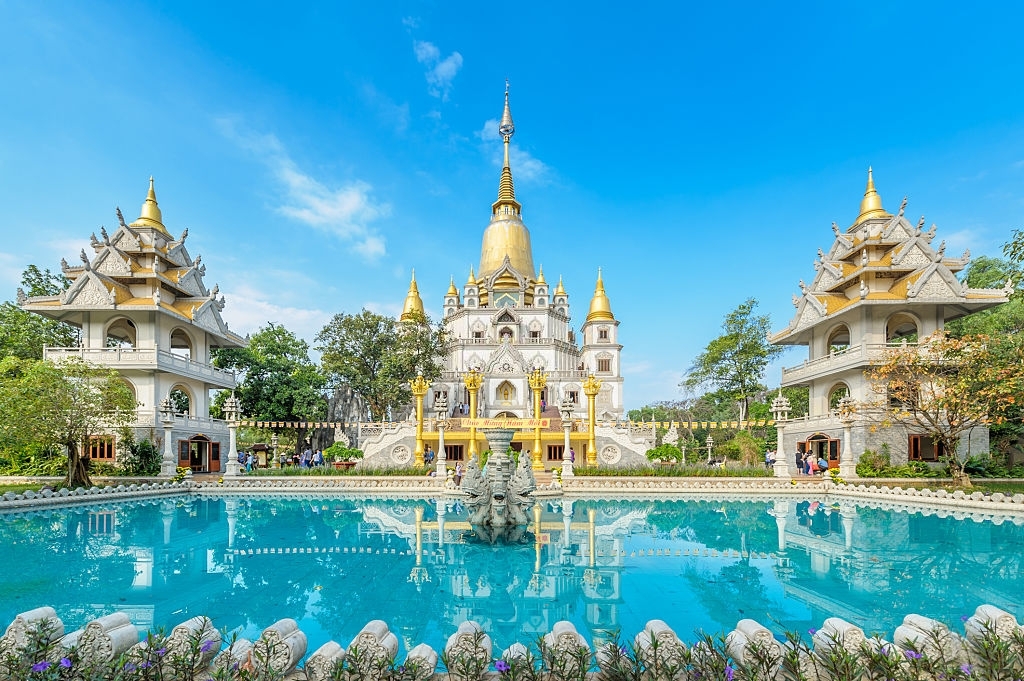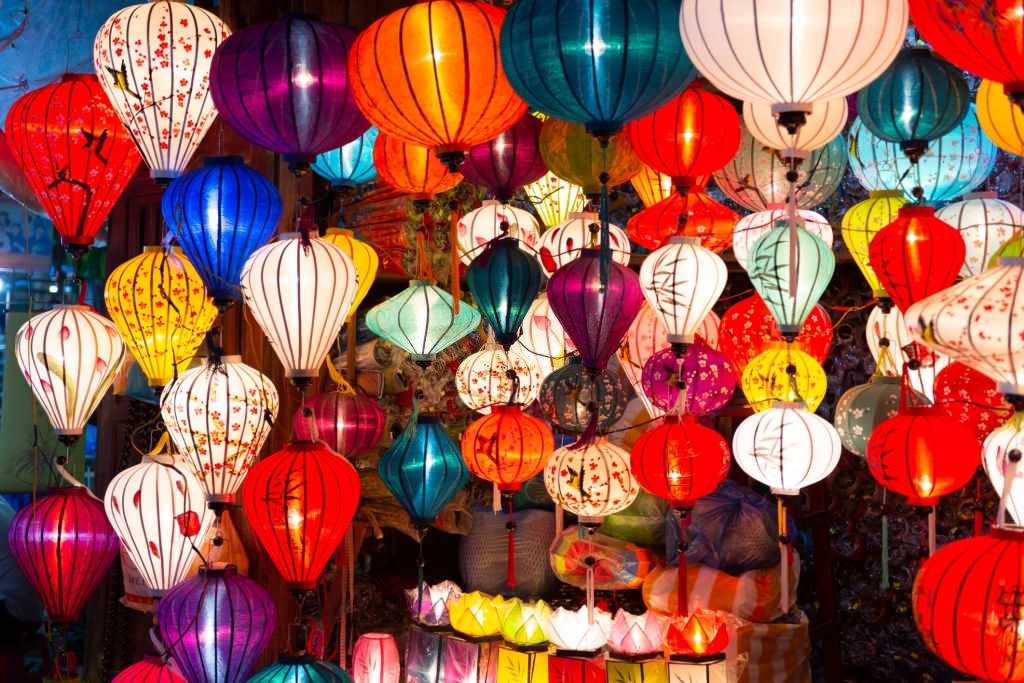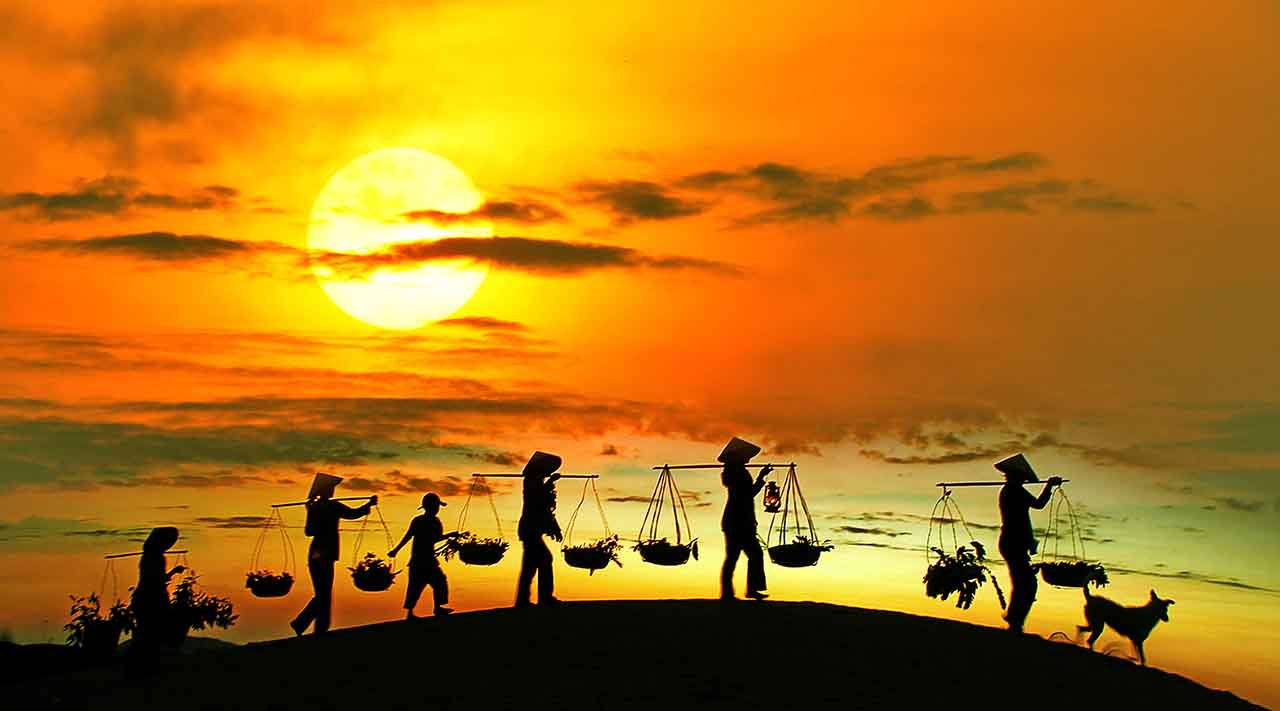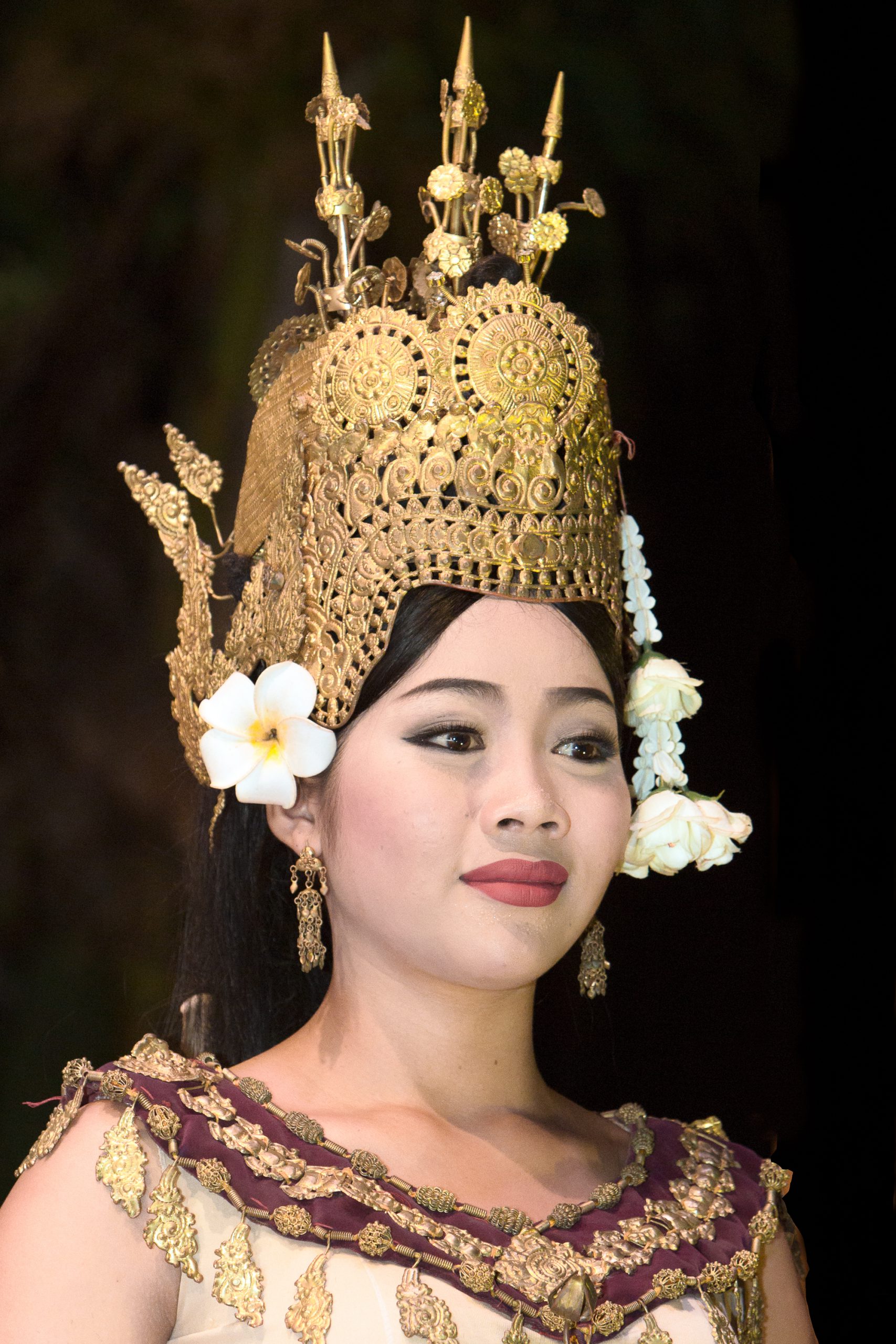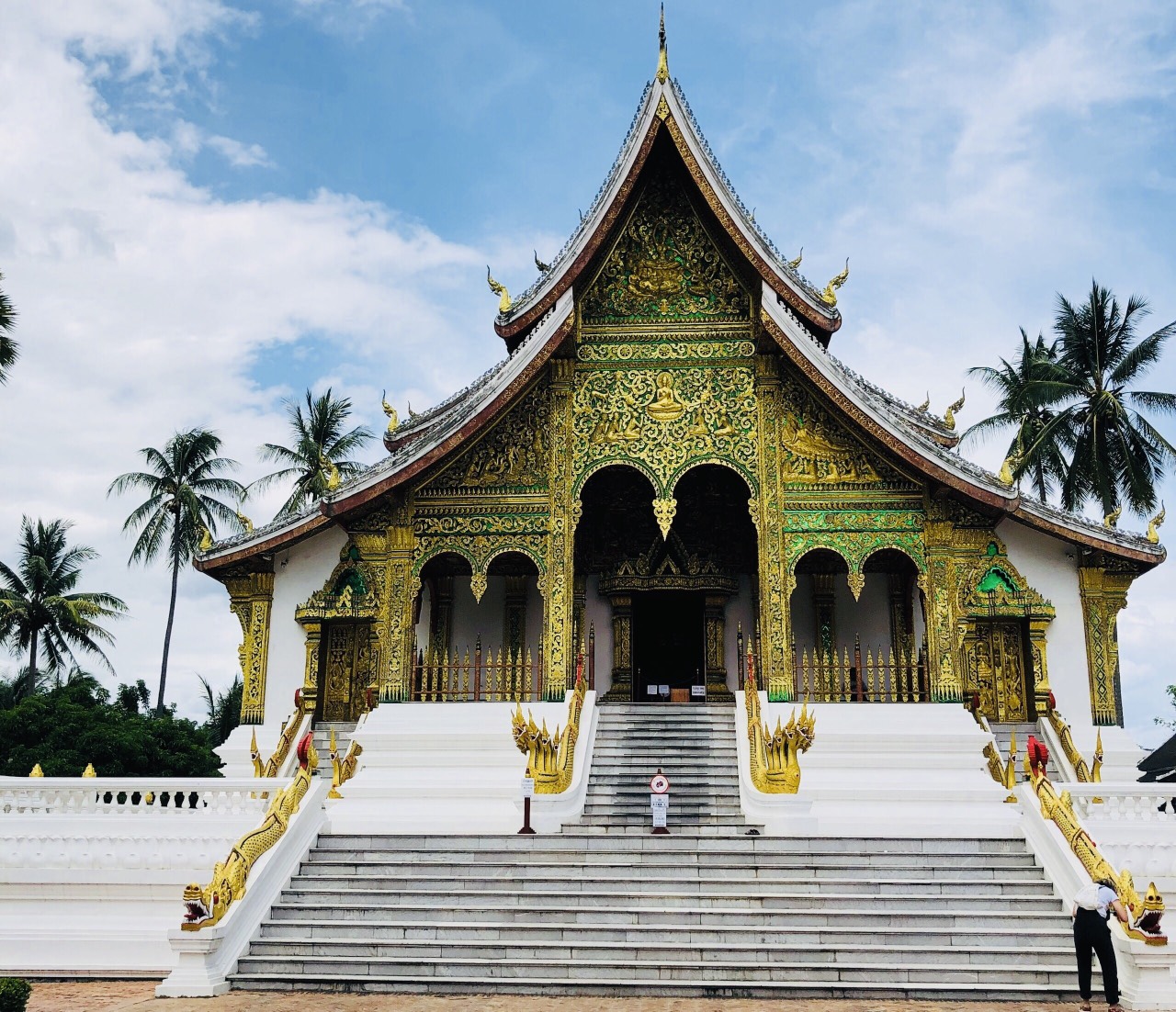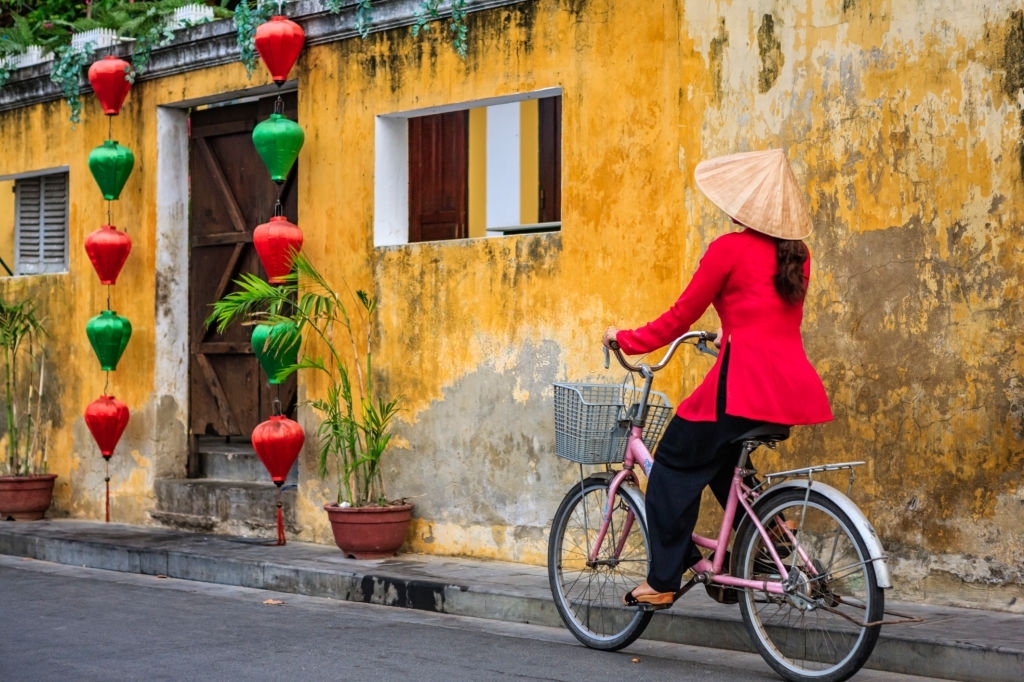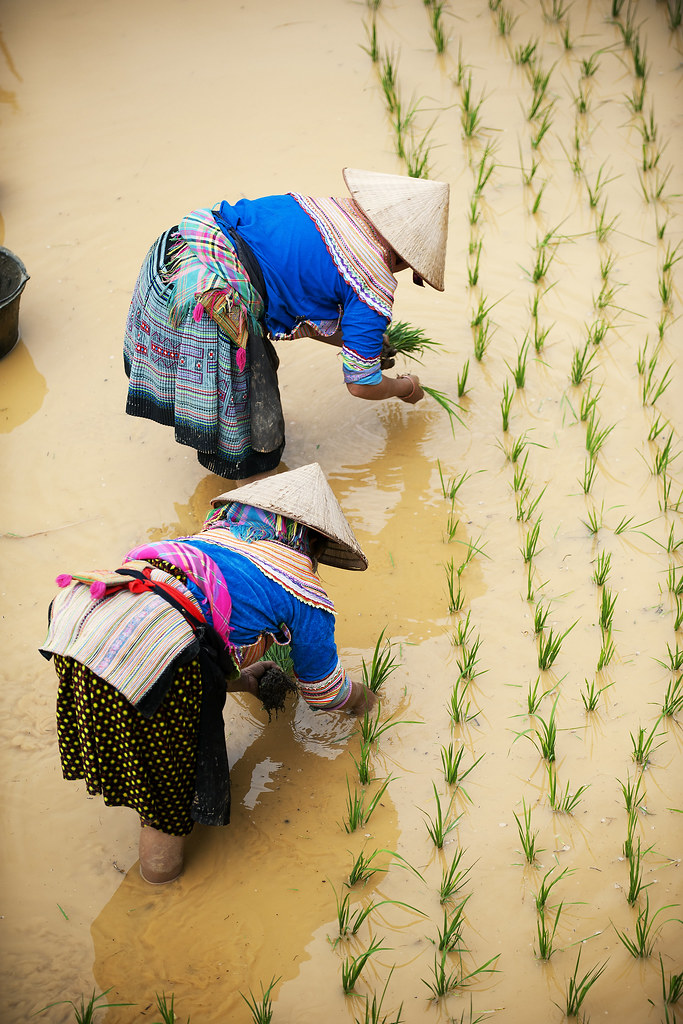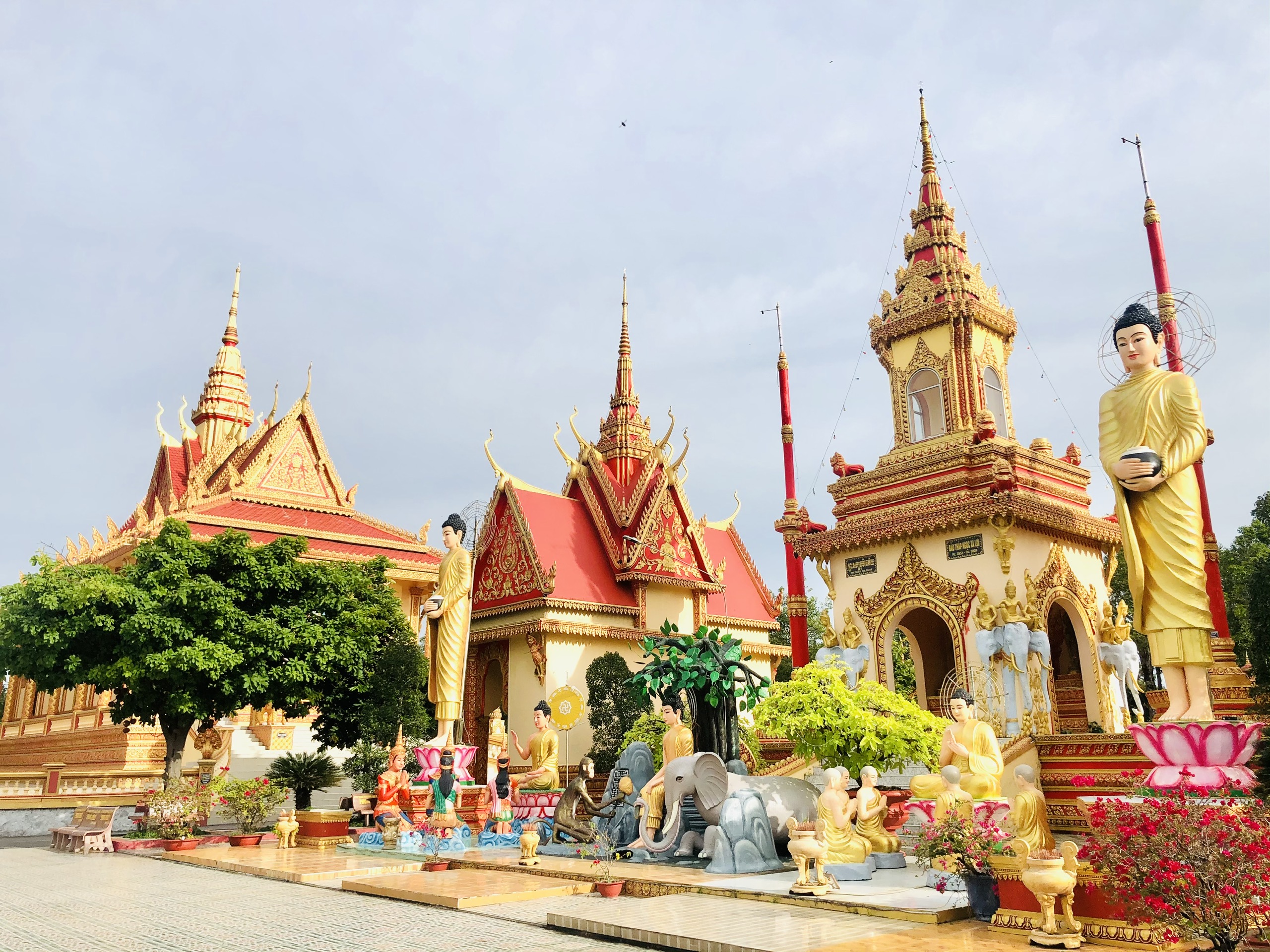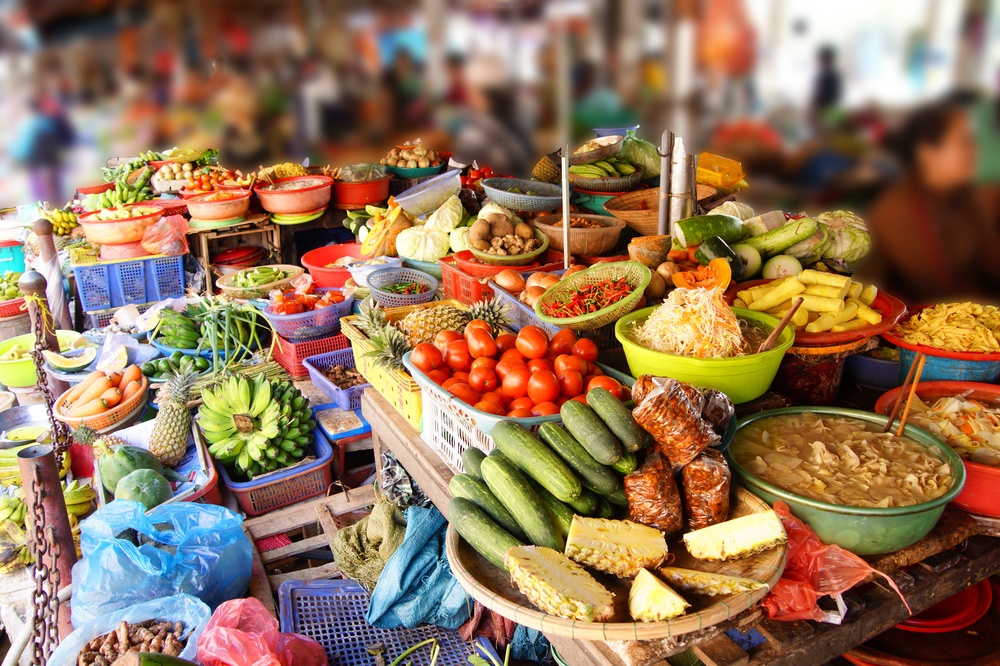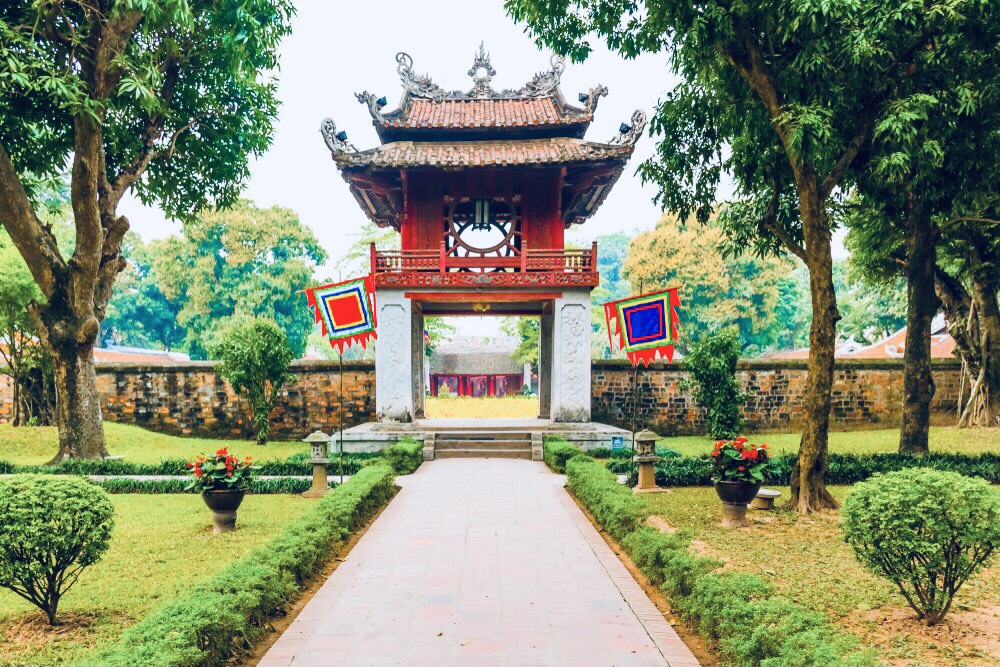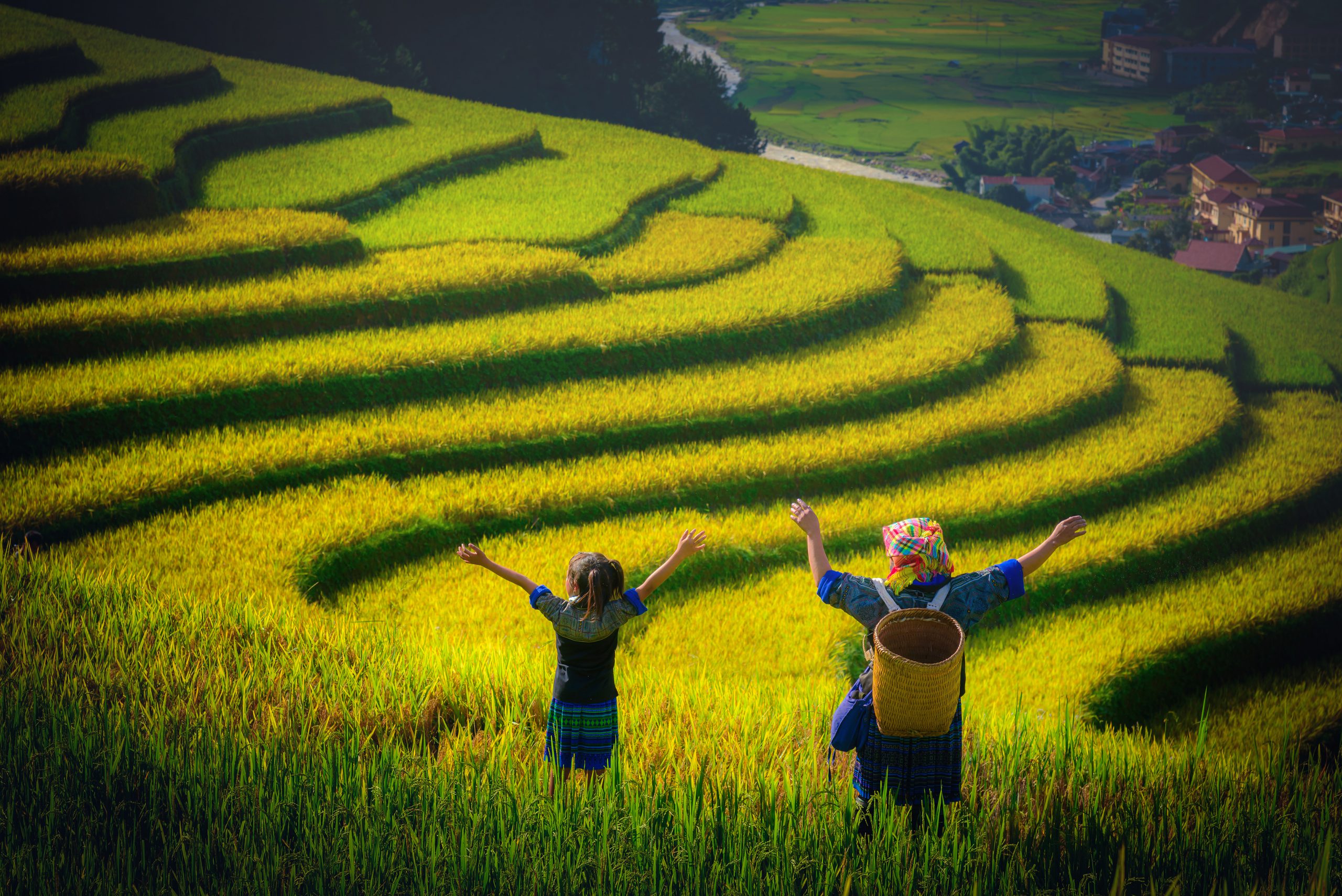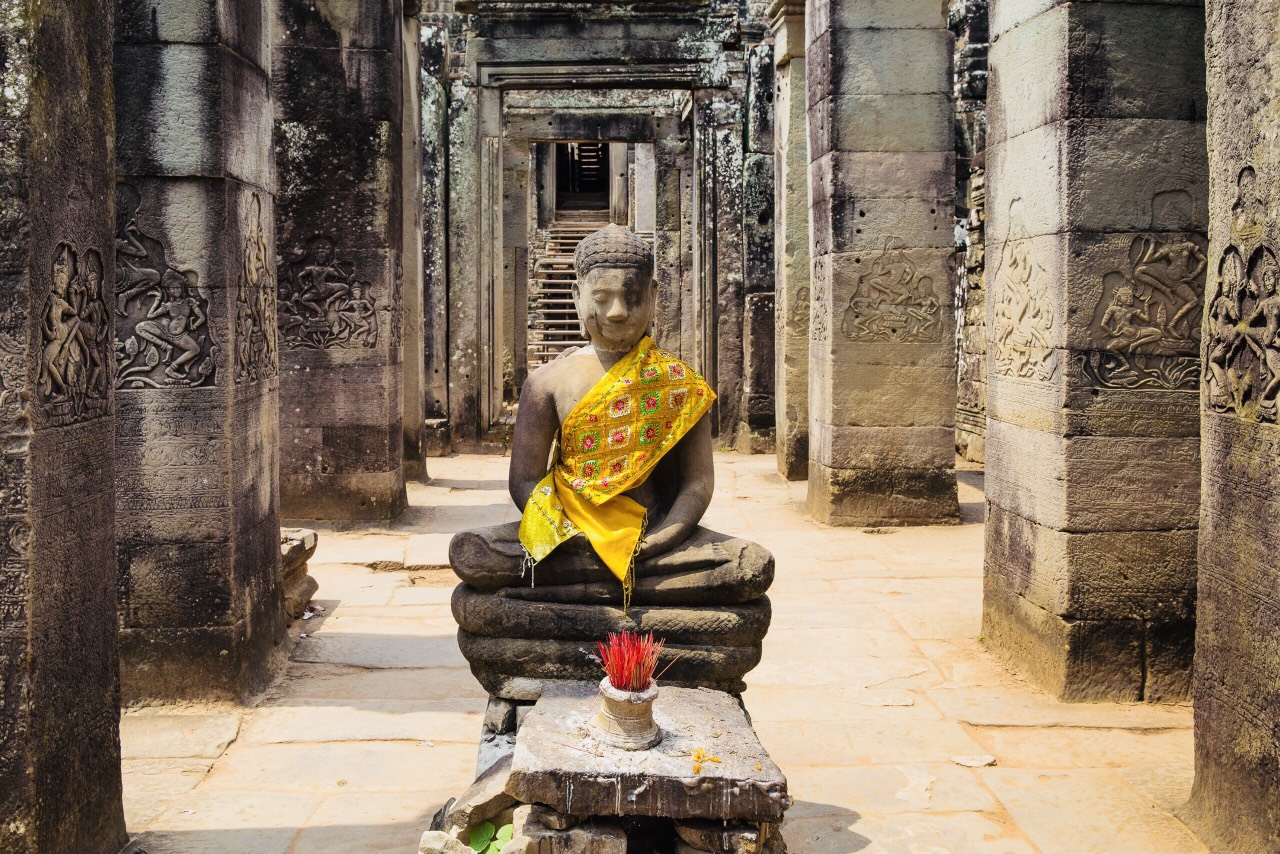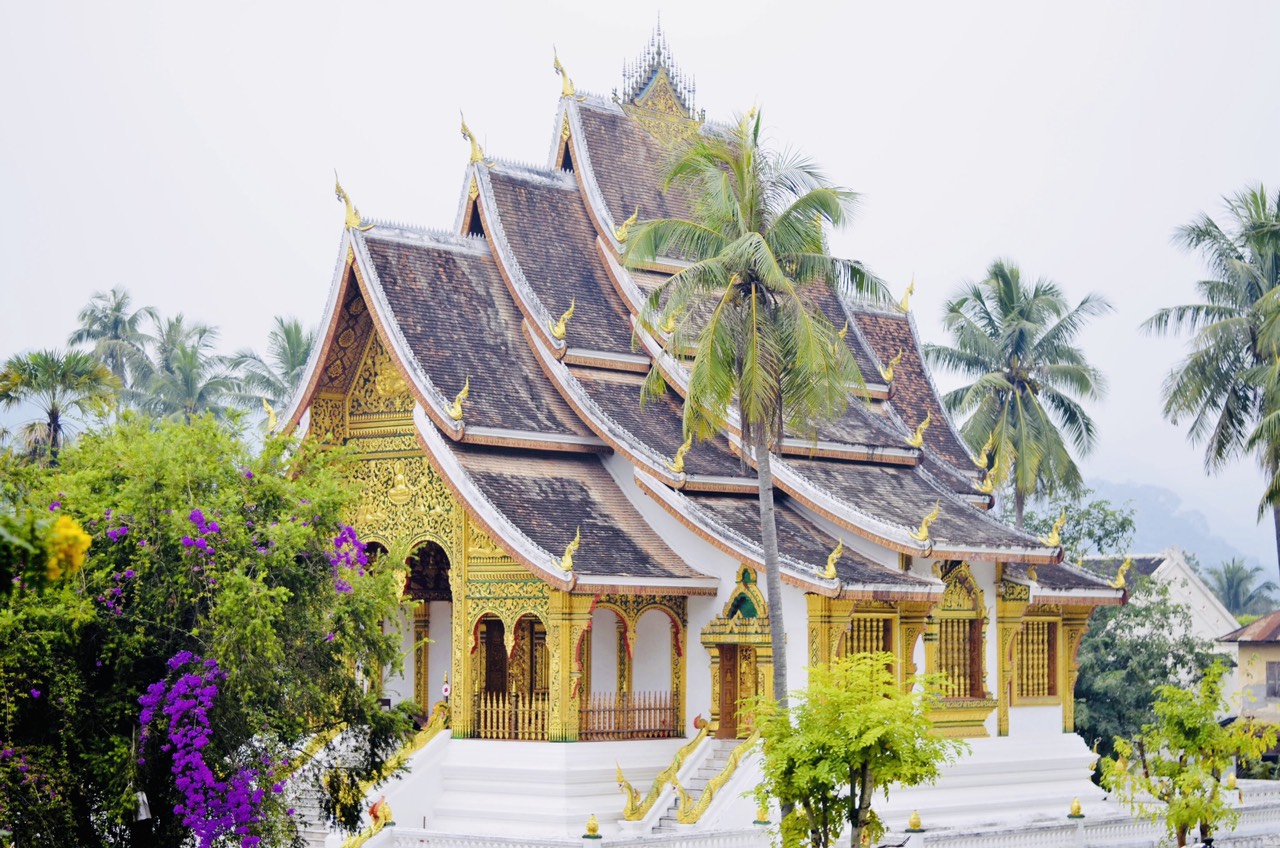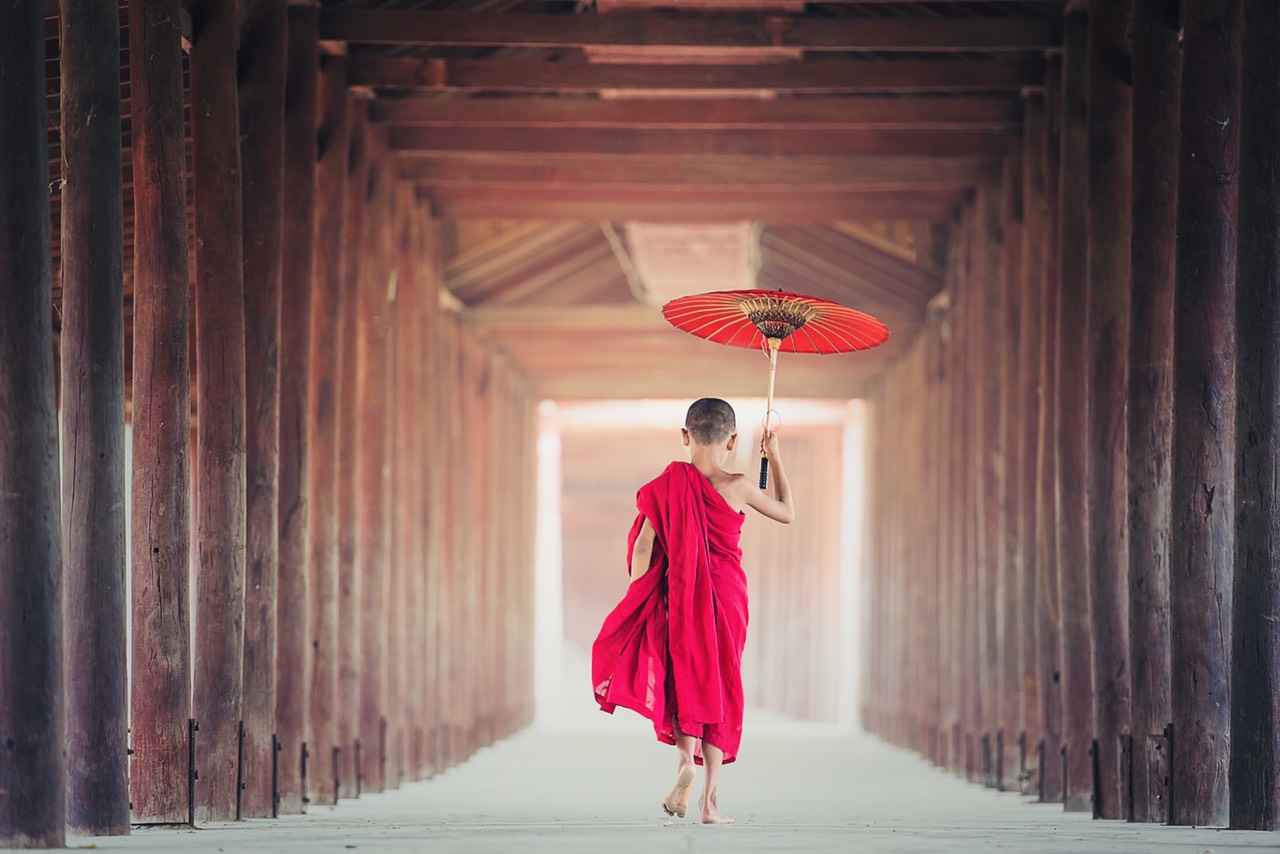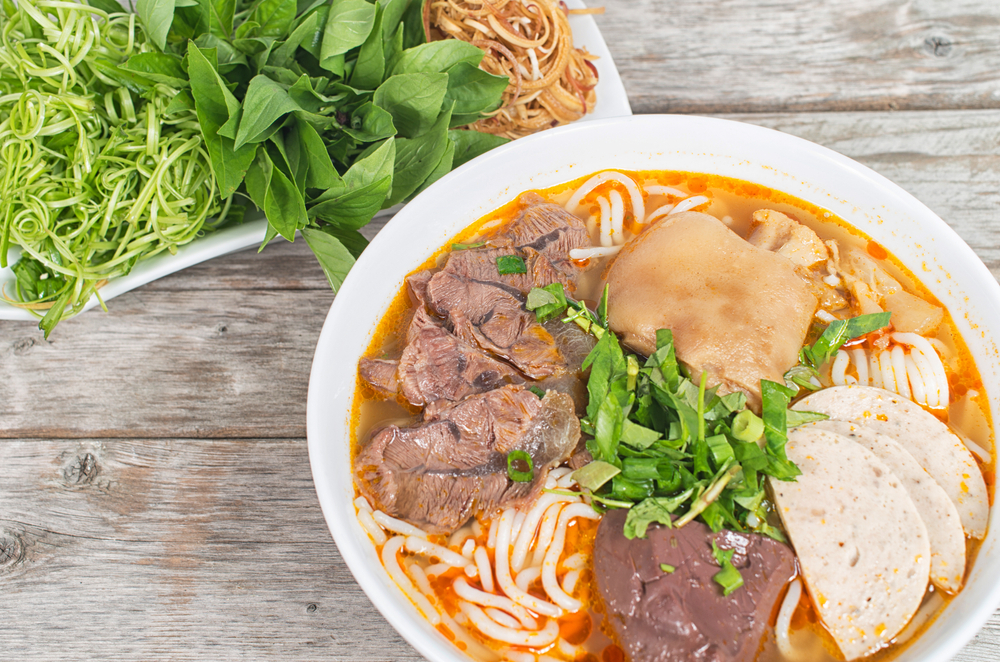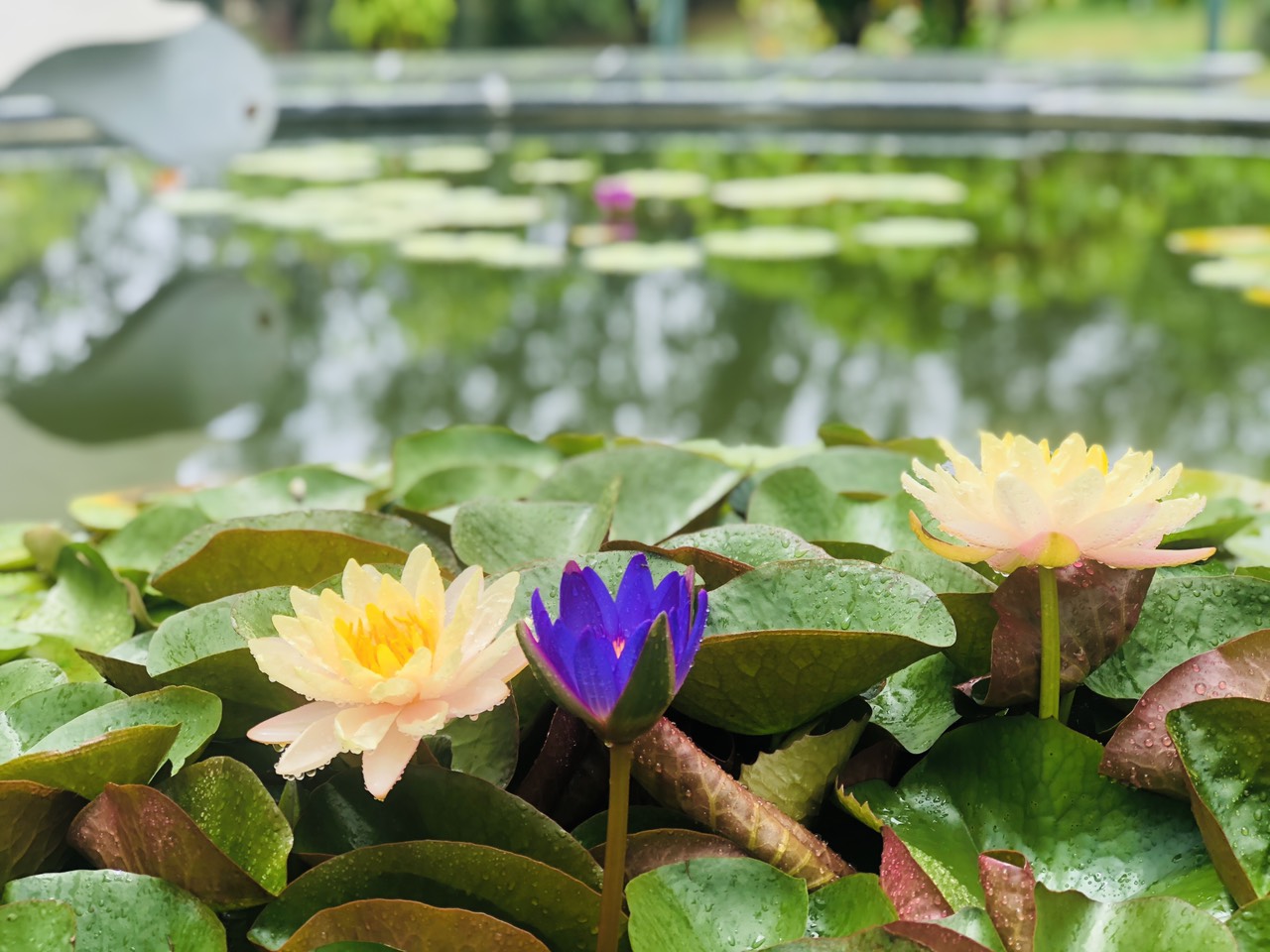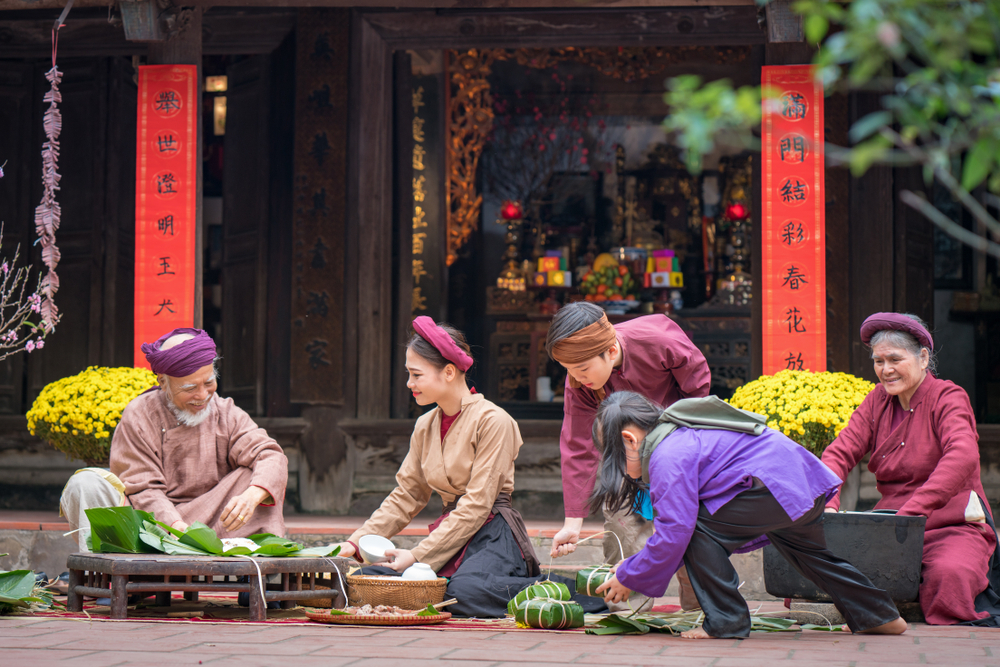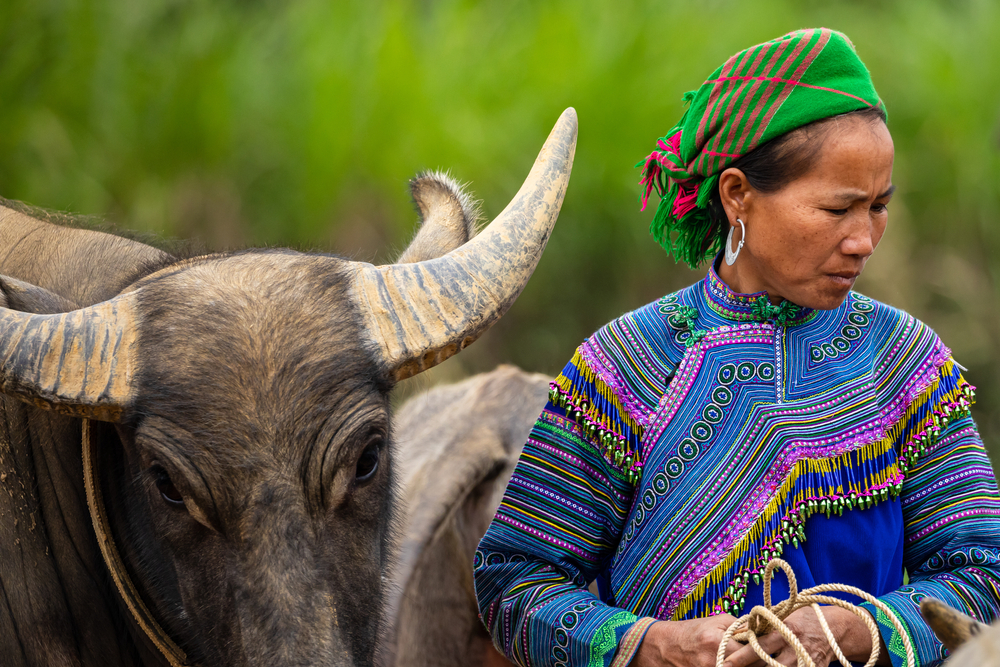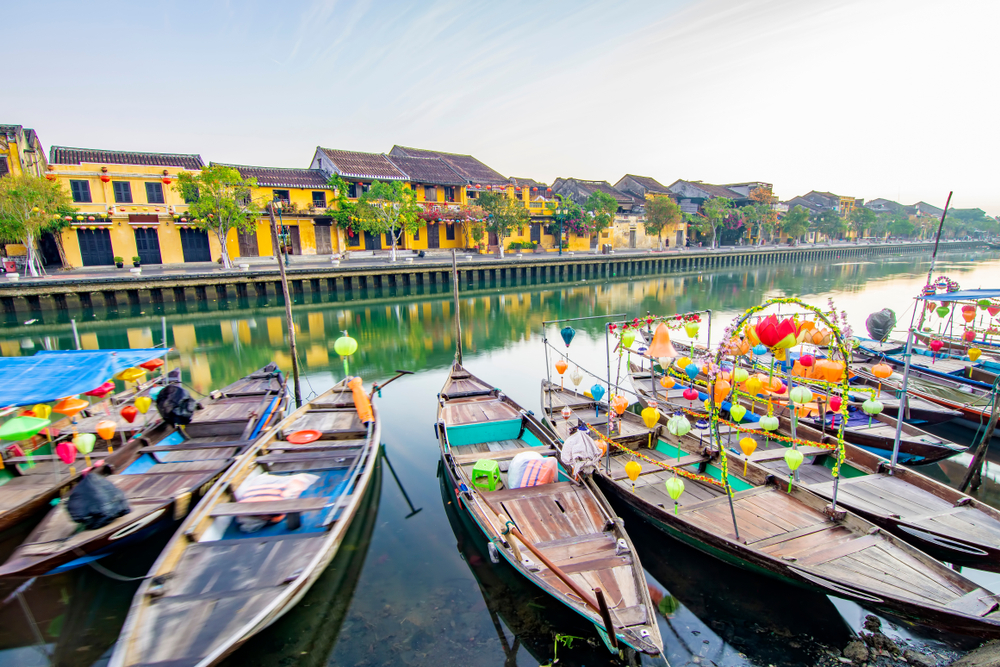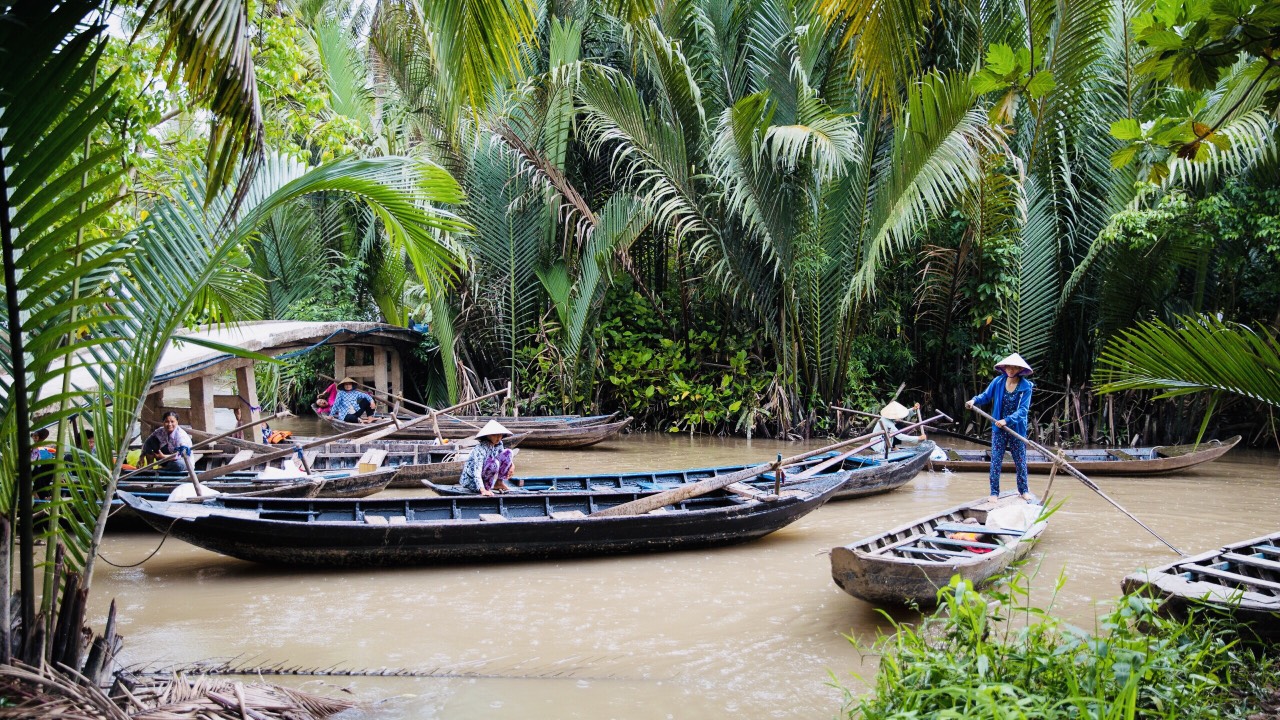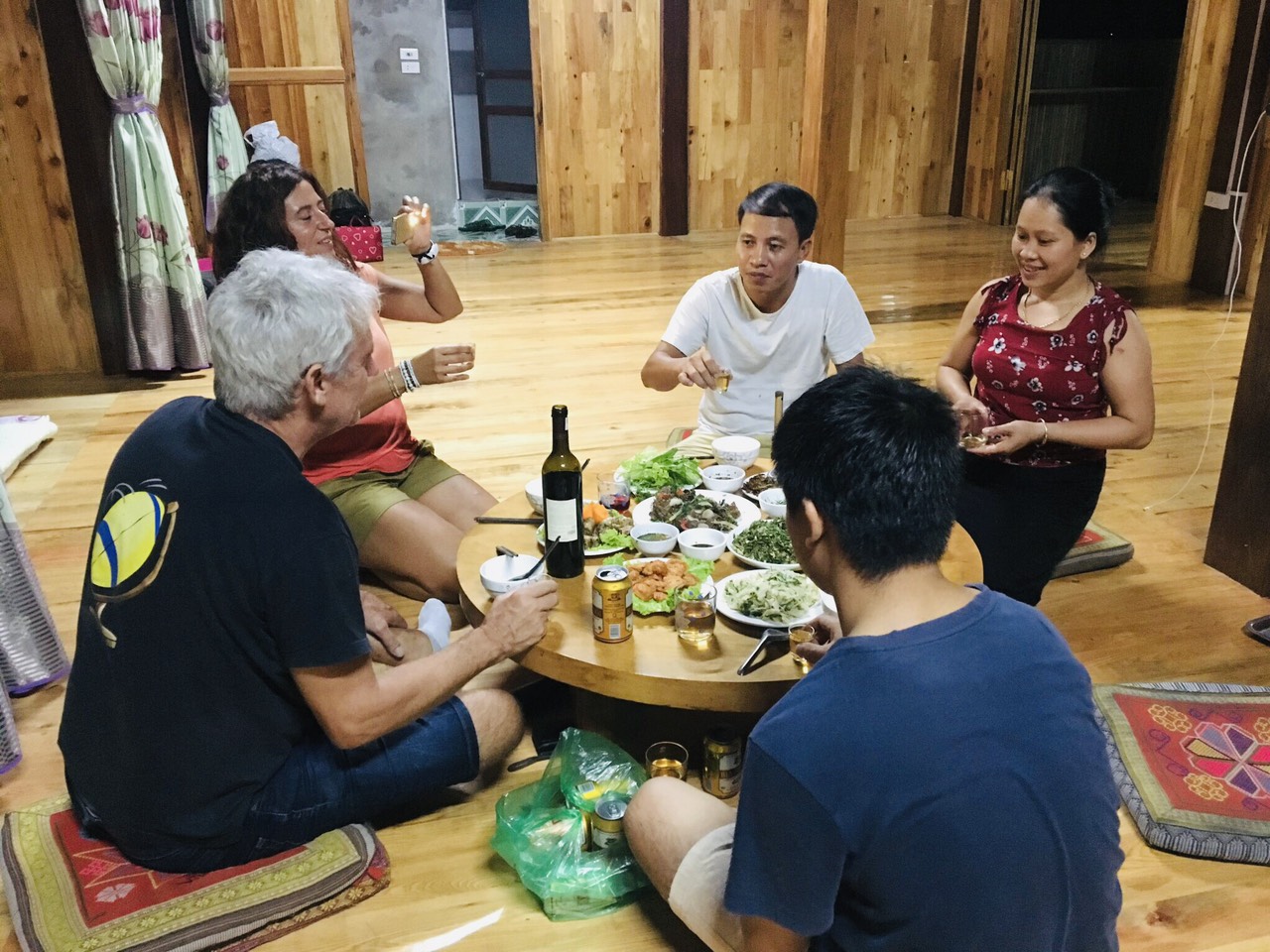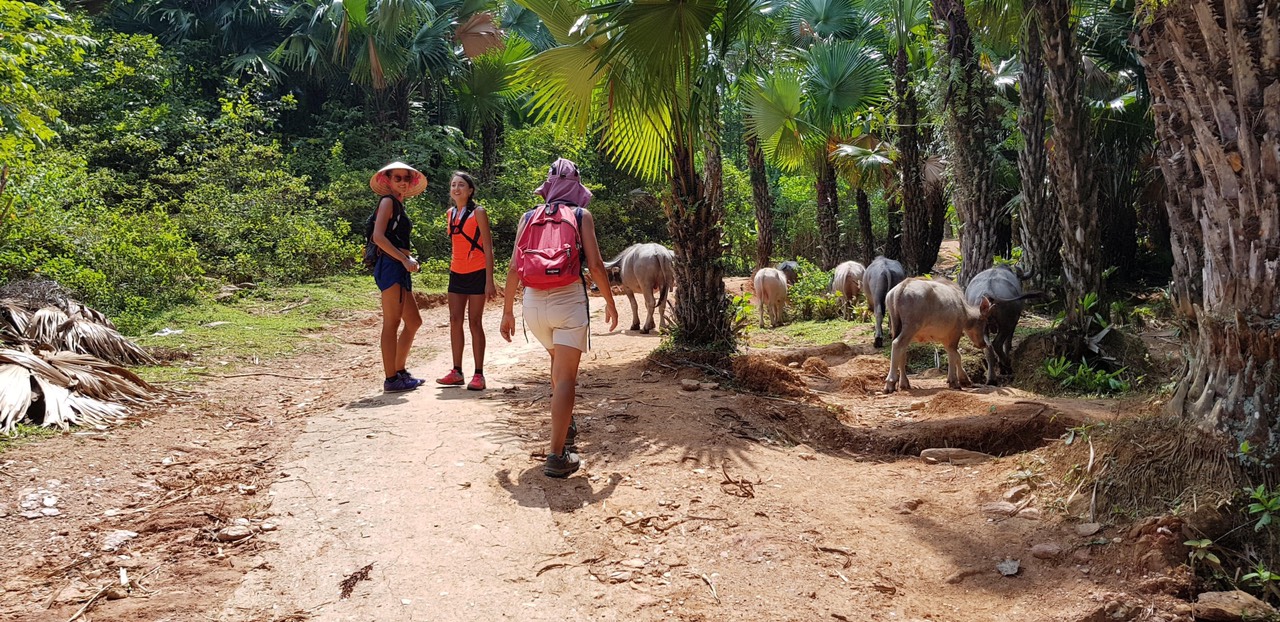
Presentation – origin
They are divided in Vietnam into two groups, the Black Lolo and the Variegated Lolo.
The Lolo ethnic group, also called O Man, Man Di, Man or La La, originates from Yunnan in China.
In the migratory movements to the South in the 15th and 18th centuries, part of this population came to settle in Upper Tonkin.
Their community in Vietnam live in deep valleys in Dong Van, Meo Vac, Bao Lac districts and in Muong Khuong district – Lao Cai province.
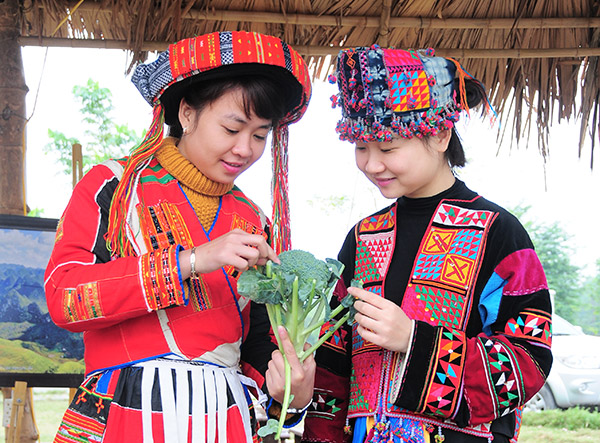
Food crops
The Black Lolo live mainly from the cultivation of corn and rice, and for some years now from forestry, cultivating sugar cane and a variety of eucalyptus. They also practice animal husbandry.
The houses – the villages
The Lolo live in hamlets in houses on stilts built in places overlooking the valleys. Their villages, quite important, are composed of beautiful wooden houses.
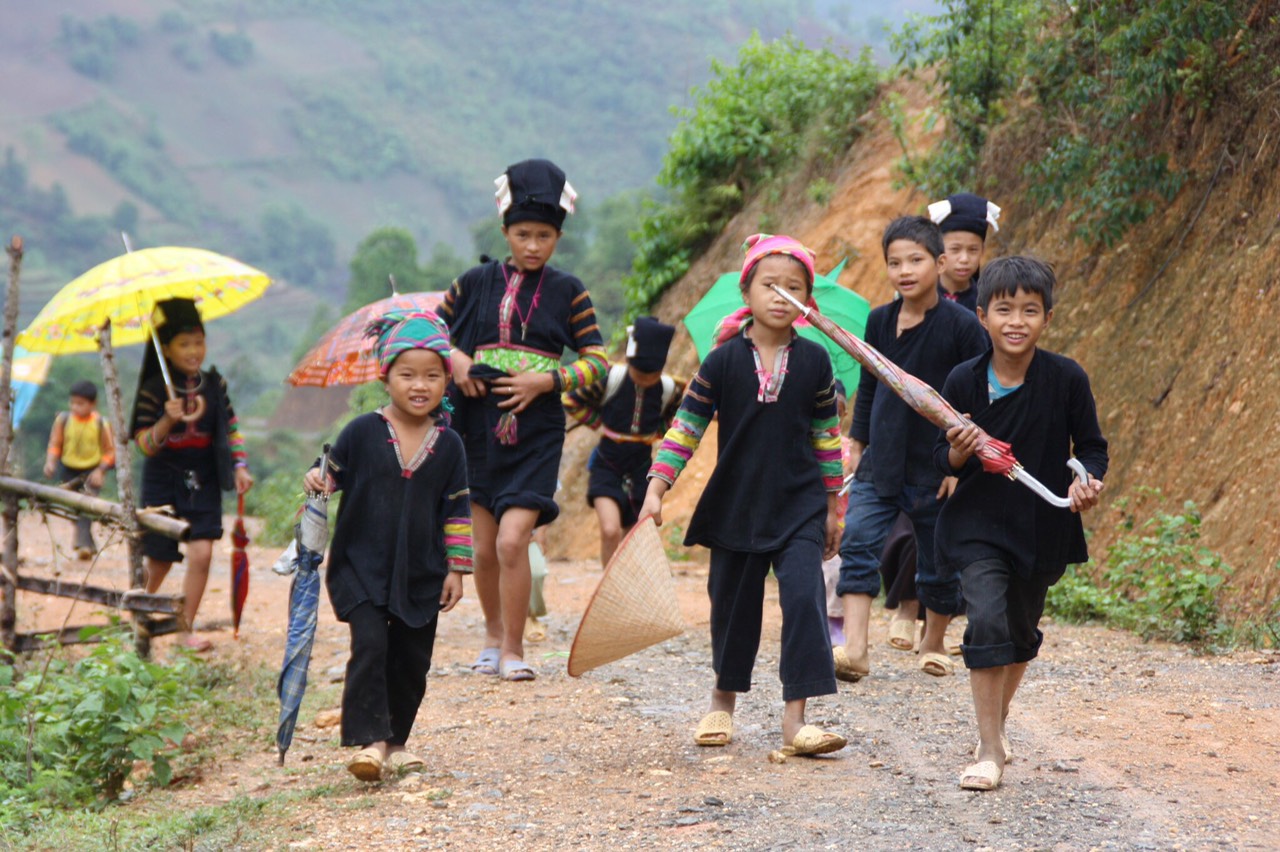
The Lolo houses are laid out according to the same plan: the space on the ground is reserved for livestock (oxen, horses, pigs, poultry) and for the storage of work tools. The first floor is divided into three bays: the central bay contains the altar of the spirits of the house (attached to the rear wall), in front of it, near the entrance door, the kitchen and the fireplace on the floor. The two side bays serve as bedrooms. There is often a small terrace next to the house. One goes up to the house by an external staircase.
The familly
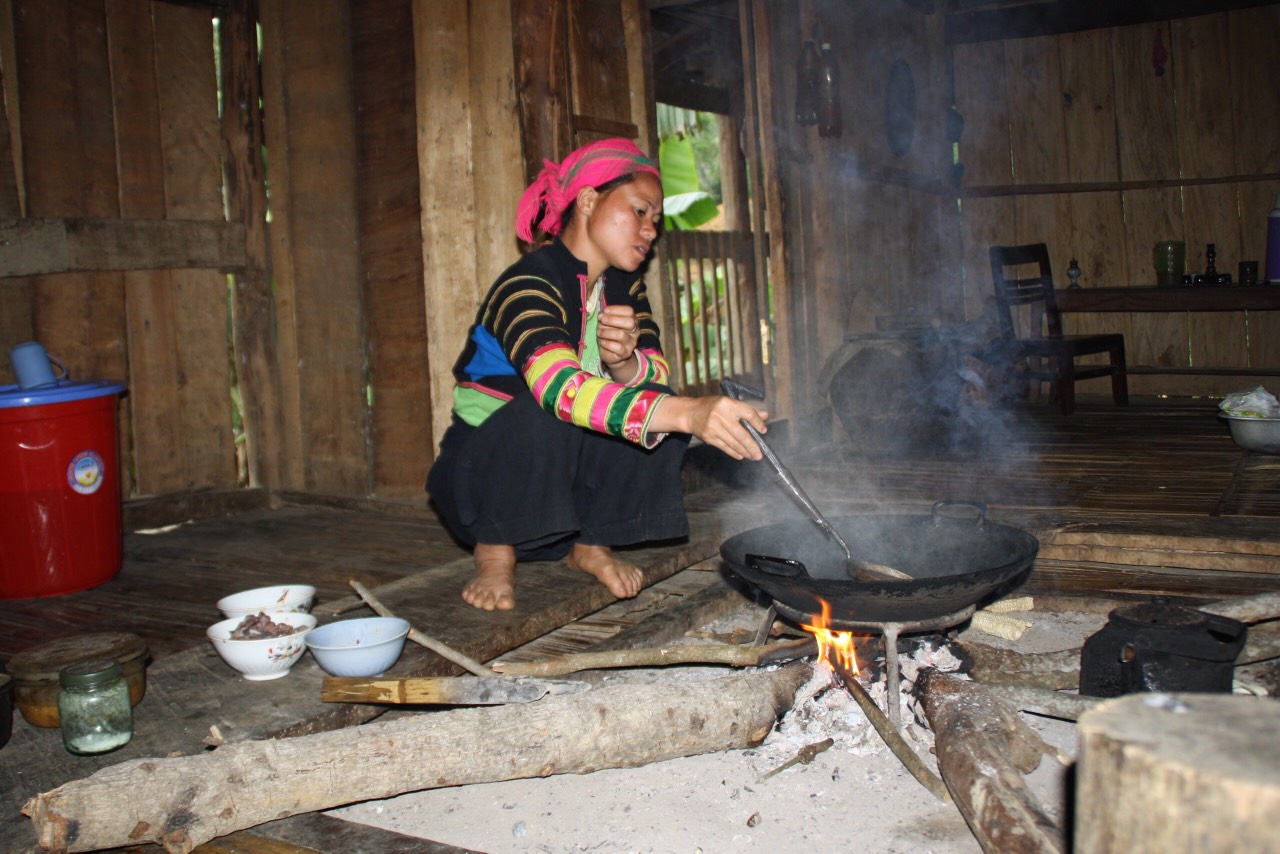
For the Lolo, young people are free to choose the spouse they like. If the young people decide to get married, they rely on matchmakers. The young man’s family brings engagement gifts to the girl’s uncle’s house, since in the Lolo family, it is the uncles who decide.
In a patriarchal society, it is the man who decides! The Lolo are monogamous, they respect their wives, adultery is forbidden.
The costumes
The mode of dress of the Lolo remains traditional.
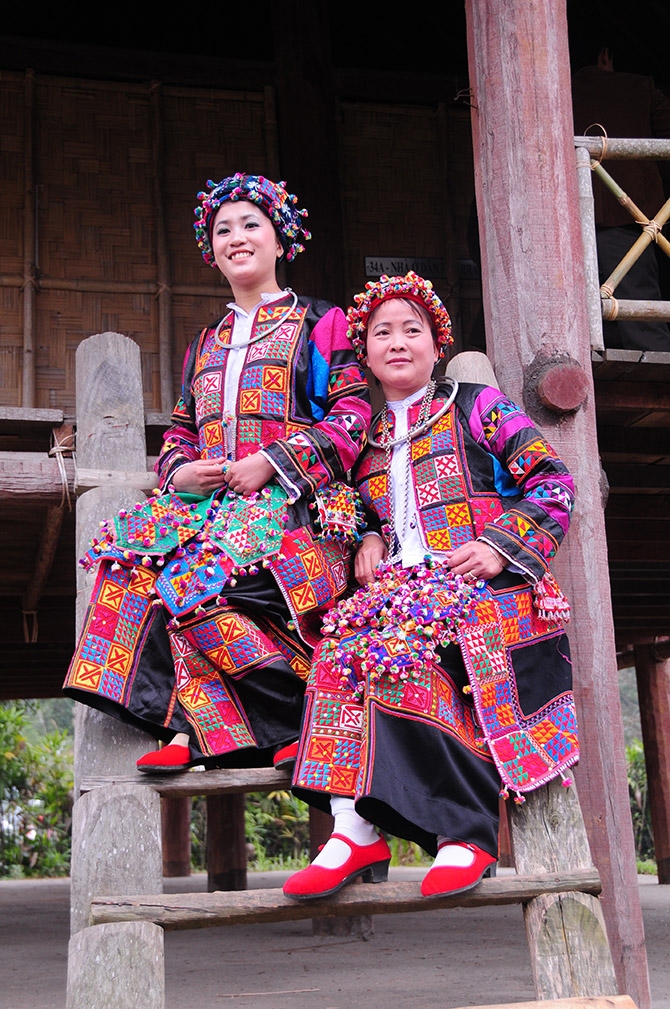
The black Lolo women wear a kind of black bolero tunic with colored bands of fabric sewn horizontally on the sleeves and a black skirt or wide indigo pants, pinched at the waist, a black headdress cleverly rolled up on a white kerchief.
The Lolo women wear a very elaborate costume (it will take three years to make), with a jacket decorated with triangles of fabric of various colors and indigo pants and a sophisticated headdress.
Les croyances
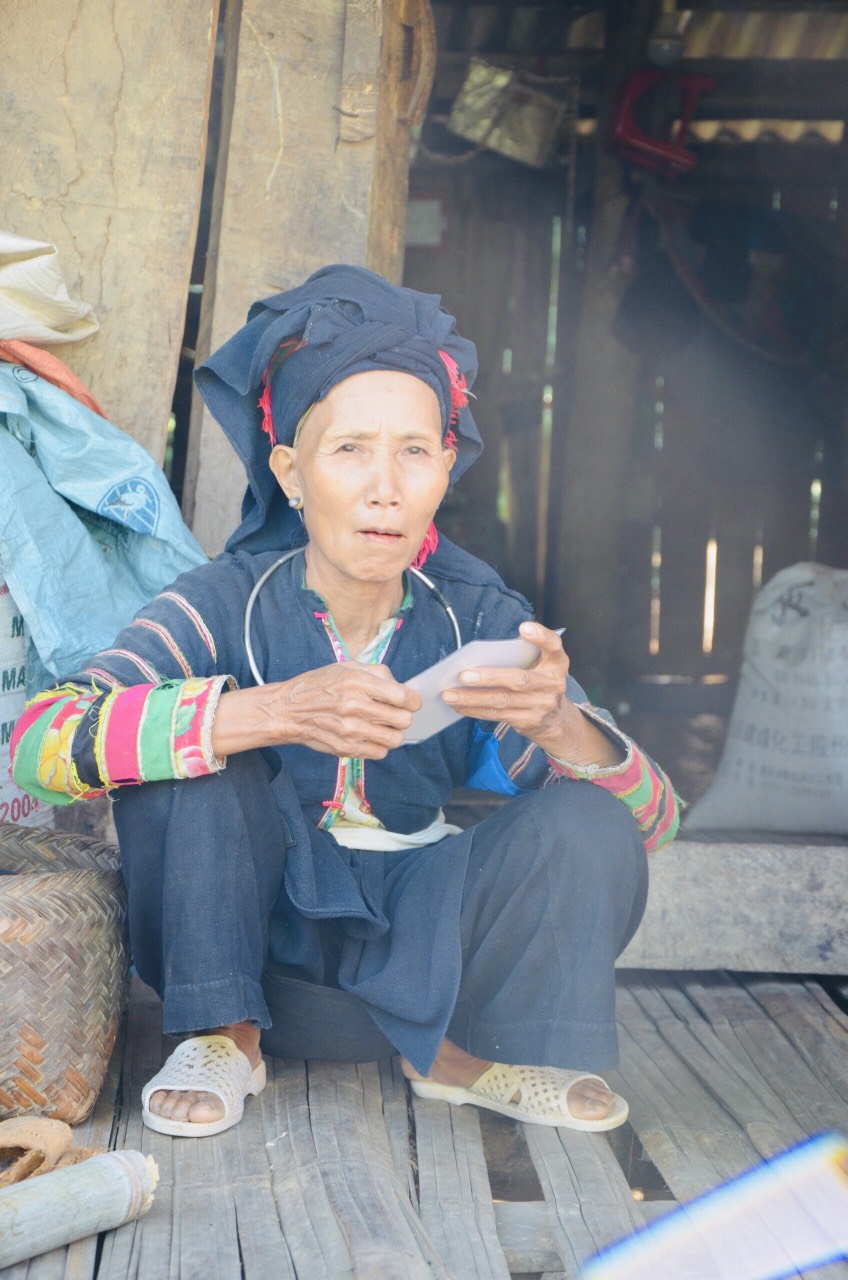
The Lolo calendar divides a year into 11 months, each month corresponding to the name of an animal.
The function of the branch chief, always assumed by a man, is fundamental. It is he who ensures the worship of the ancestors, guarantees solidarity, and preserves the sacred drums which are instruments allowing communication between the world of the living and the world of the dead. The Lolo believe in spirits and genies.
When a person dies, the family organizes a three-day “spirit dance” to lead the soul to the ancestors.
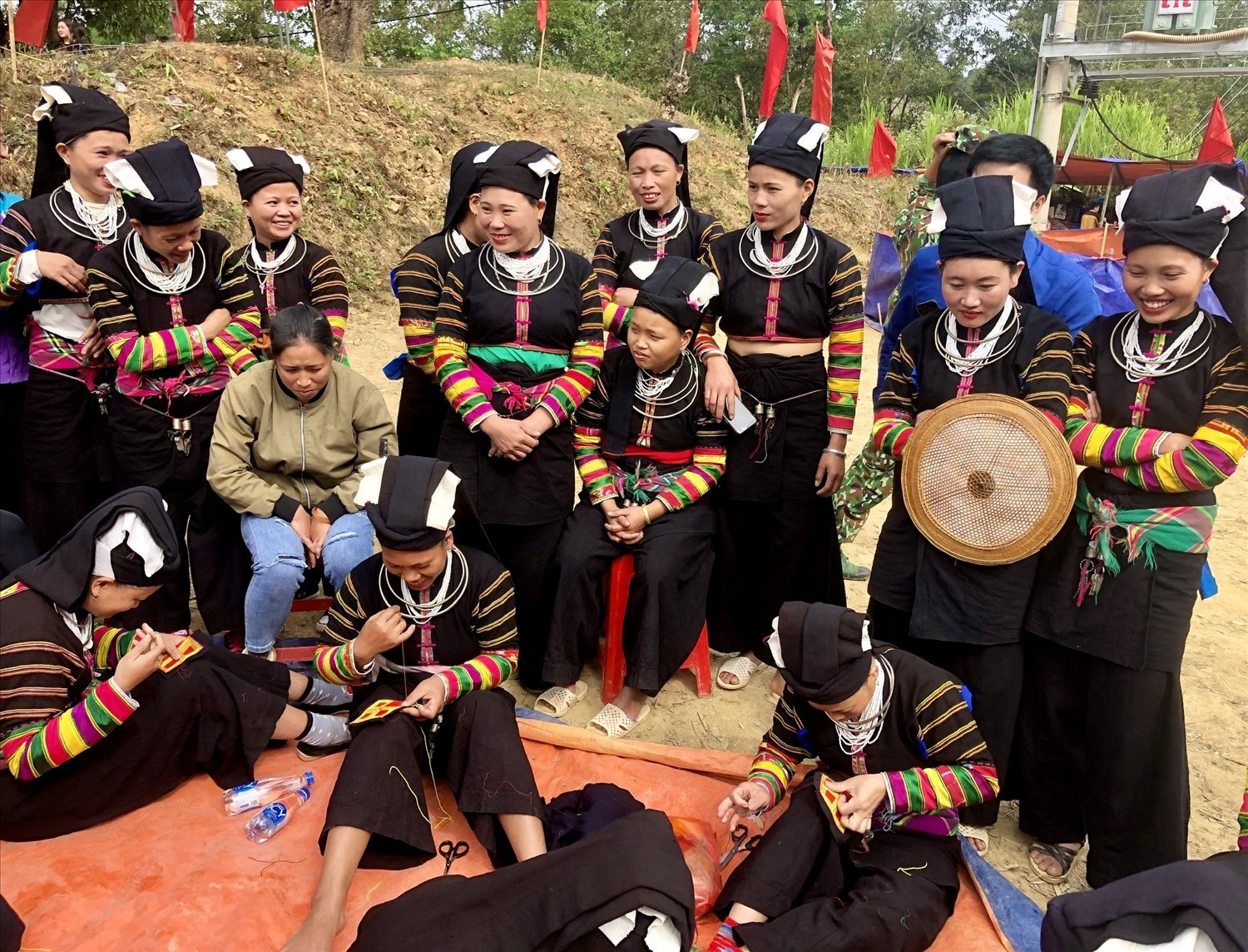
The two sacred bronze drums (one male and one female), a cultural heritage, are buried in a secret location. They are unearthed for important occasions, funerals, ceremonies of worship of the gods of the earth, sacrifices to heaven and earth and rituals of community cultural activities.
Les arts
Lolo have a solid folklore heritage of dances, songs and stories. Weaving, embroidery and dressmaking play an important role in the lives of the women.




